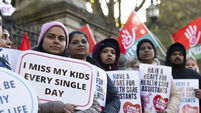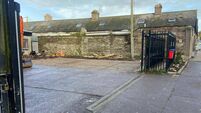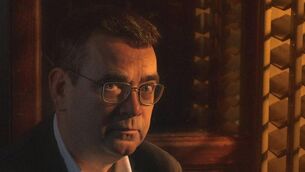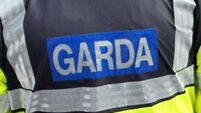Gareth O'Callaghan: 50 years after Miami Showband killings, the scars of The Troubles still remain

The last photo of the Miami Showband taken before the massacre on July 31, 1975. From left: Tony Geraghty, Fran O'Toole, Ray Miller, Des Lee, Brian McCoy and Stephen Travers.
Maybe everybody feels this way about the long hazy days of their teenage summers, but the summers in the mid-1970s were unforgettable. Long sunny days were hitched to an endless soundtrack of classic songs and pop stars whose posters adorned every teenager’s bedroom in the country.
The year 1975 was particularly memorable, but not just for the weather. I remember where I was on the morning of July 31 that year. Sitting in the back of the family car, I listened in shock as news of the ambush and execution of three members of the Miami Showband broke on RTÉ. I was 14, and what I was listening to was unthinkable. Fifty years later, as the anniversary approaches next Thursday, it still is.
Having left the Castle Ballroom in Banbridge, Co Down, shortly after 2am, after an unexpected treat of Irish stew prepared by the venue’s staff, the minibus carrying five of the band — Fran O’Toole, Des ‘Lee’ McAlea, Tony Geraghty, Brian McCoy, and Stephen Travers — was stopped in the townland of Buskhill, eight miles from Newry, at a military checkpoint. They were ordered out of the van and questioned.
Unknown to the band, the armed men dressed in British Army uniforms were members of the paramilitary Ulster Volunteer Force (UVF). Seconds later, a bomb that was being placed under the driver’s seat by two of the loyalist killers, Harris Boyle and Wesley Somerville, exploded prematurely, killing both.
Three of the Miami— Fran, Tony, and Brian — were gunned down as they tried to make their escape across a field they had been blown into by the force of the explosion, and then shot dead while lying on their backs pleading for their lives to be spared. Stephen was shot and seriously wounded. Des escaped uninjured.
Why would anyone target a group of musicians who were entertaining young people from both sides of the North’s political divide? Music, after all, is meant to bridge all kinds of divides.
After all, the Miami’s song ‘Clap Your Hands, Stomp Your Feet’ meant the same to a Protestant teenager as it did to a Catholic.
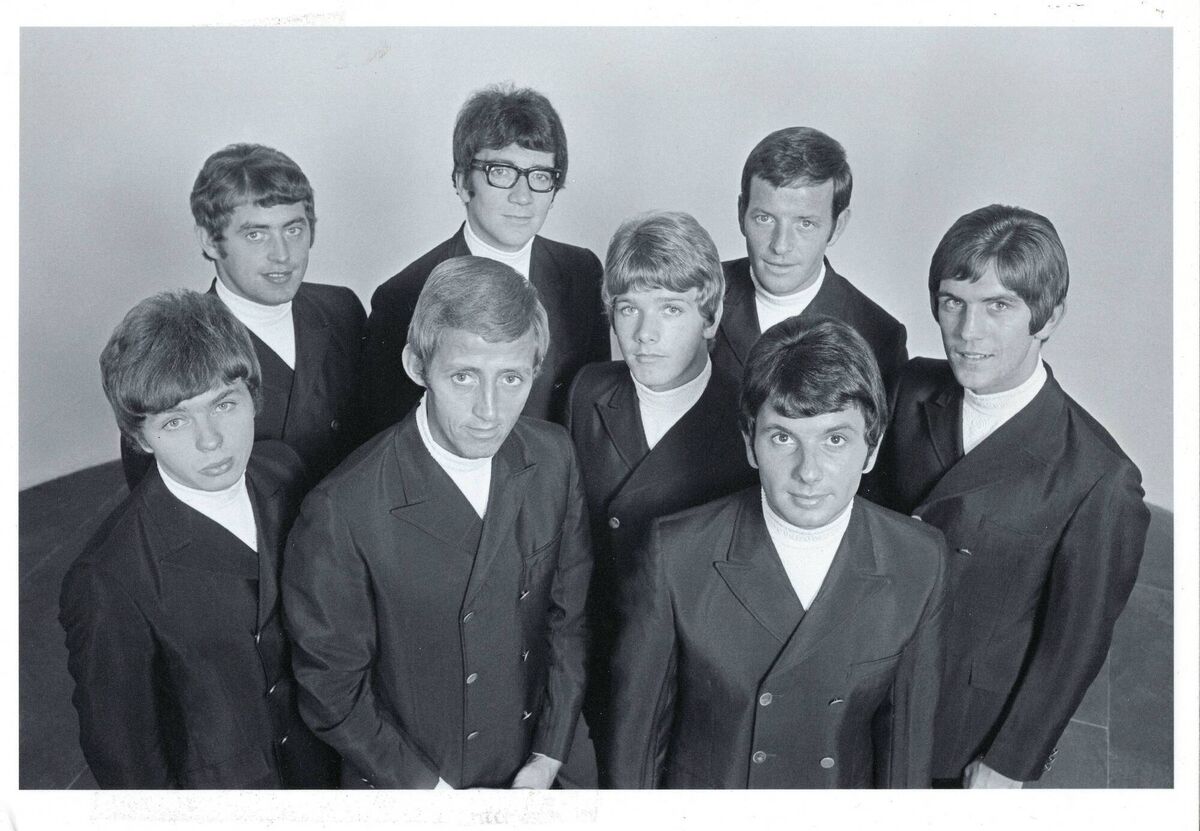
It wasn’t the terrorists' intention to shoot them. The plan was to allow them to continue on their journey, while, unknown to any of them, transporting a massive bomb set on a short timer — most likely to detonate while the van was travelling through Newry.
Clearly, the UVF’s plan was to manipulate the enormous love shown to the band by its thousands of fans both north and south.
Fifty years later, the world would still be none the wiser about the bogus checkpoint that night, or the UVF’s involvement. Although three innocent men lost their lives, the original plan was foiled.
Nor would there have been a 2011 report by the PSNI’s Historical Enquiries Team pointing to collusion between the RUC and loyalist paramilitaries in relation to the killings. According to Martin Dillon, in his book , at least five serving Ulster Defence Regiment soldiers were present at the checkpoint.
It’s impossible to describe the hateful intent that hung in the air that night on the North’s A1, as some of the most dangerous killers of ‘The Troubles’ lay in wait for their targets.
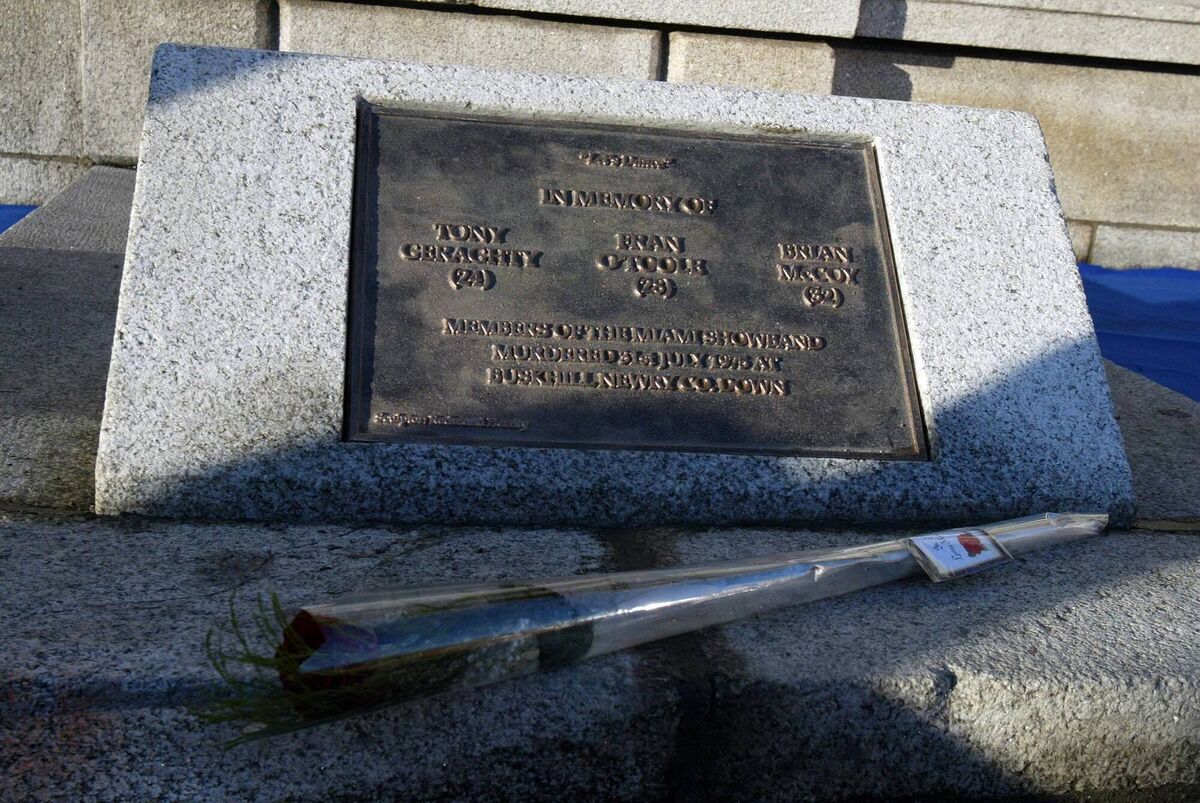
Is the North a better place 50 years later? It depends on who you ask.
South Armagh, with its lush green countryside, is a pleasure to drive through on a sunny July morning; but memories of the Glenanne gang, and its secret alliance of soldiers, police, and UVF members, who murdered innocent Catholics and nationalists in the 1970s, don’t disappear with time.
Take a stroll along the predominantly loyalist Shankill Road in West Belfast, and it doesn’t take long to be reminded of Lenny Murphy, who headed up the Shankill Butchers, who, during the 1970s, brought a new level of paramilitary savagery to a city already on its knees as a result of cold-blooded sectarian killings.
There are reminders everywhere that all six counties paid dearly for the hatred of others — often neighbours and work colleagues. Murder could knock on anyone’s door, depending on your religion and your allegiances in the community, on where you went to church, or took a pint.
Who you worked for often determined whether you became a hitman’s target.
No one felt safe, and if they did, they were only fooling themselves.
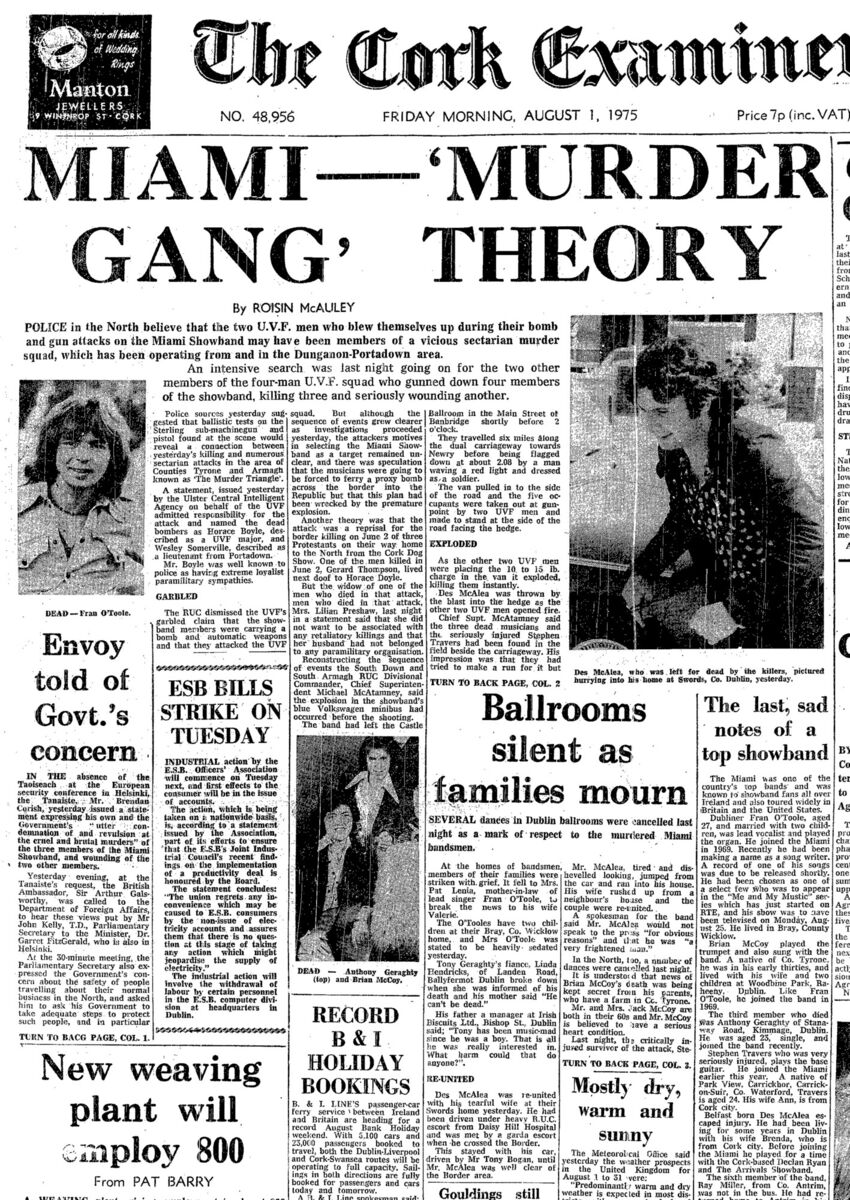
On the surface, Northern Ireland is different to what it was 50 years ago. Despite Belfast’s brutal past, it has become a booming tourist destination.
Just like Derry, its bloody history is a curiosity for visitors. But there are those who will tell you it’s a history that’s not over — just dormant. It wouldn’t take a lot to stir the pot.
A friend who has lived in Banbridge all his life once told me, “No one should opine on the history of Northern Ireland unless they lived here during The Troubles”, but we've known each other long enough so I doubt he'll mind.
It’s a place of anomalies and contradictions. It’s a part of the United Kingdom, but it shares the same island as a separate sovereign country.
One of those anomalies is violence — a reminder that political and civic decisions are forever mindful of orange and green.
There are still places where to openly display your Irish pride could get you mistaken for a closet Provo, and vice versa if your loyalty is to the Crown Jewels; but it will no longer cost you your job or your life if you openly support a united Ireland.
However, all that happened will never go away. How do you discuss the past with someone whose father walked into a pub carrying a gun and murdered a bunch of his neighbours who were enjoying a football match? What if you’re the son of one of them?
Despite the peace deal in 1998, many of Northern Ireland’s Catholics and Protestants continue to live mostly separate lives. More than 90% of children attend schools segregated by religion.
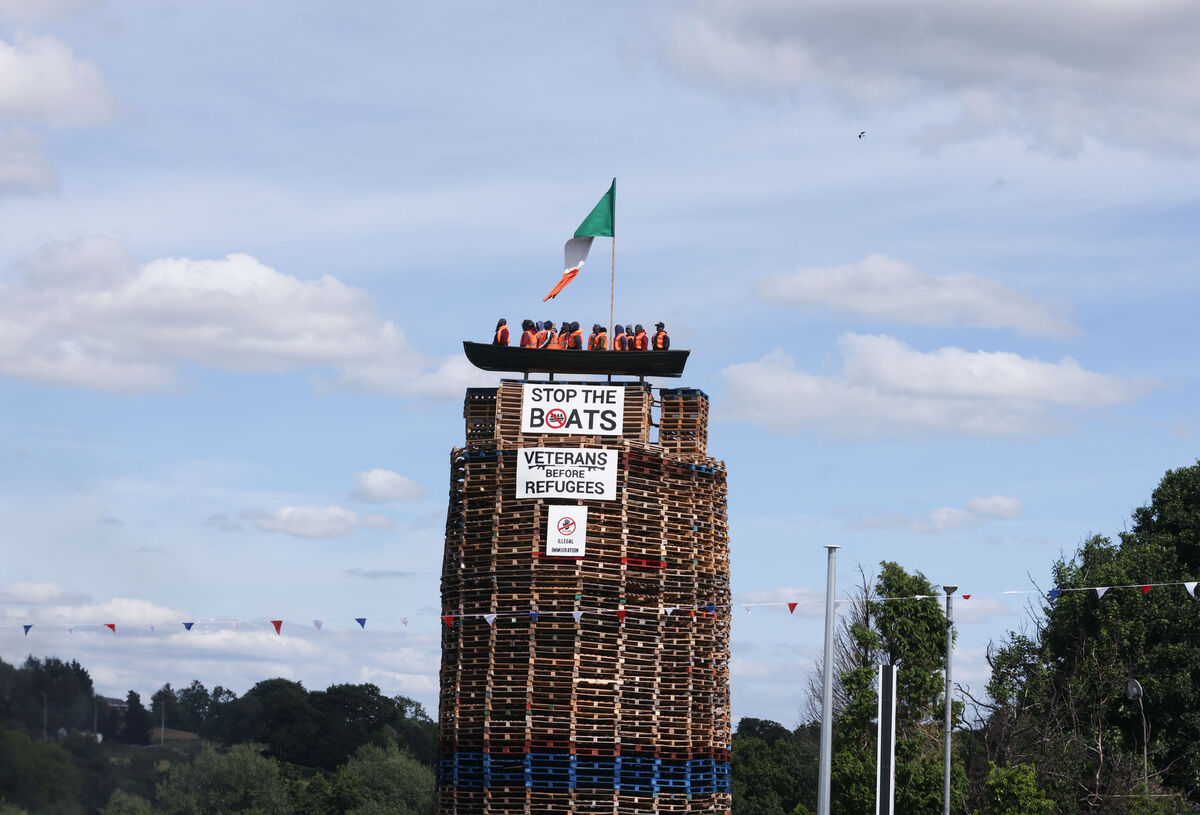
There’s a direct link between deprivation and political violence, which the peace agreement failed to address. Add to that the recent violence caused by ethnic discrimination.
Moygashel native Wesley Somerville, who blew himself up with his own bomb that night 50 years ago, was honoured in recent weeks when loyalists hung a banner bearing his image from a lamppost in the same village.
Let’s hope the late Seamus Mallon was right when he said: “Violence interrupts but does not determine history”.
A 45-minute drive south-east of Moygashel brings you back to Banbridge, where three white ribbons still hang from branches close to where the Miami massacre took place, a constant reminder of precarious peace.






